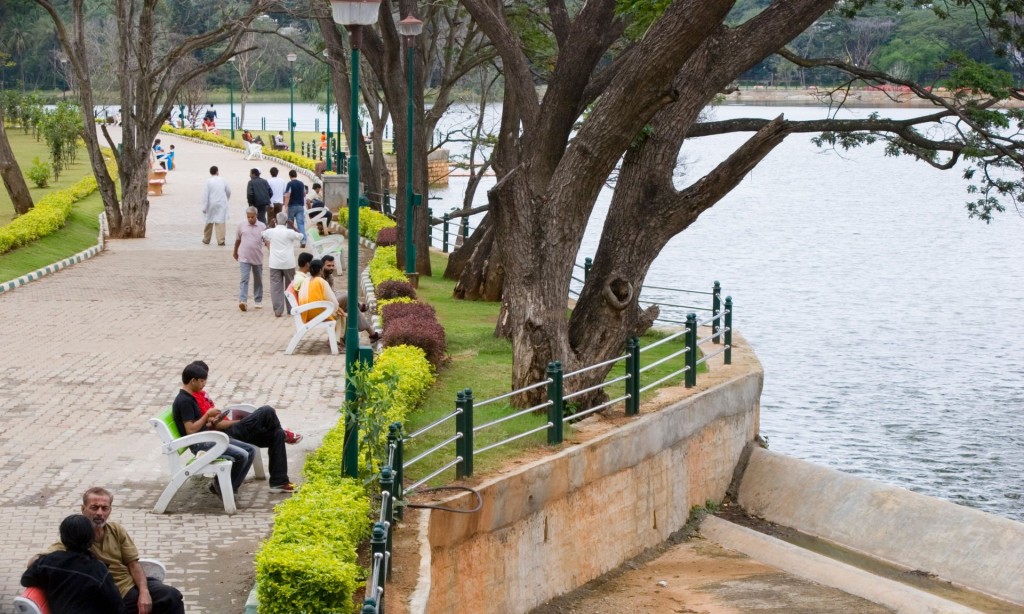
With the majority of the world’s population now living in cities, solving water problems specific to metropolitan areas is crucial. Whether there’s too much water or not enough, whether it’s too polluted or too salty, these issues can be solved with thought, ingenuity, money and organisation. Here are some innovative ways cities are managing, protecting and conserving water supplies.
Bangalore, India
Protecting lakes from land grabbers
The capital of Karnataka State is the third most populous city in India and home to nearly 10 million people. In 2010, the city’s 450 lakes were under threat of privatisation, leading to concerns that the water would not be used sustainably.
Water from the lakes percolates down into underground aquifers, which supply neighbourhood wells across the region. If lake levels drop, the aquifers may not refill effectively and people’s wells would begin to dry up.
Workshops mobilised by the Environment Support Group (ESG) were held to build awareness about the importance of protecting the lakes for present and future generations. Local people quickly decided that privatisation was a bad idea and began to organise against it.
The ESG took the matter to Karnataka’s high court and filed a public interest writ which resulted in the prohibition of the ongoing privatisation of lakes. A committee of government agencies was also set up to protect and conserve Bangalore’s lakes for posterity.
When the 450 remaining lakes are rehabilitated, it is expected that underground aquifers will be recharged. For urban communities, this will have significant benefits: greater quantities of quality water means that surrounding communities – mostly subsistence farmers – will have better crop growth and yields. As such, the initiative won an UN award in 2012 for best water management practices.
Cape Town, South Africa
Saving water on a massive scale
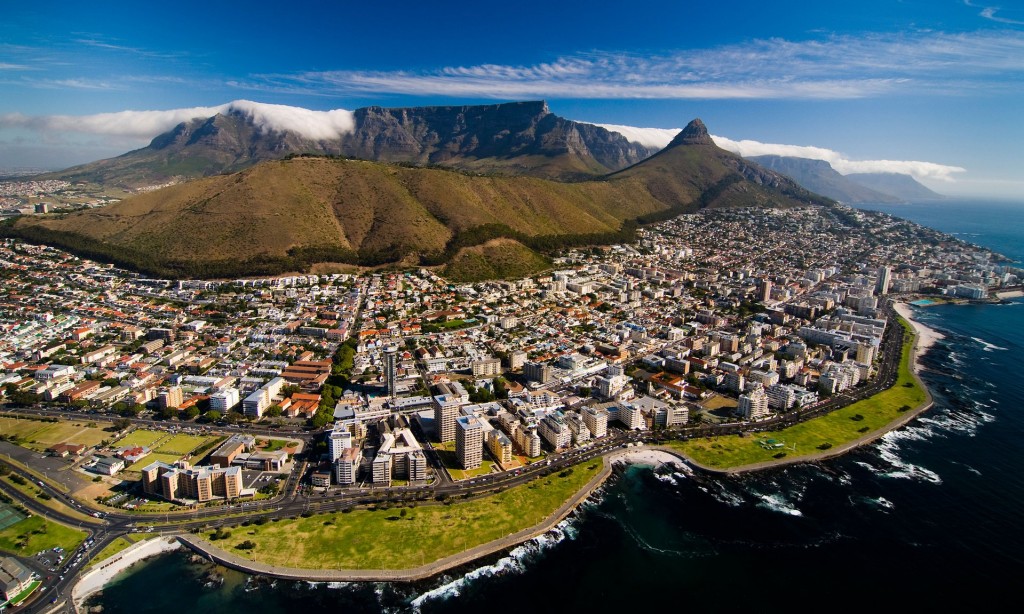
Cape Town has been internationally recognised for its efforts in water management. Over the past 15 years the city has managed to reduce water use by 30%, despite a population increase of 30% over the same period.
The city’s water conservation programme has a two-pronged approach: persuading people to use less water, and deploying the latest technology to use water efficiently.
The city has adjusted the water pressure to reduce wastage, replaced old pipes, improved leak detection, carried out extensive repairs and improved the management of water meters. In 2011, Cape Town replaced 20,574 faulty water meters and trained 100 school caretakers in 60 schools about water conservation. It also persuaded 95 parks and golf courses to irrigate with treated effluent rather than potable water, saving millions of gallons a year. The project has even enabled the city to put plans for a new dam on hold.
Sorocaba, Brazil
Cleaning up polluted rivers
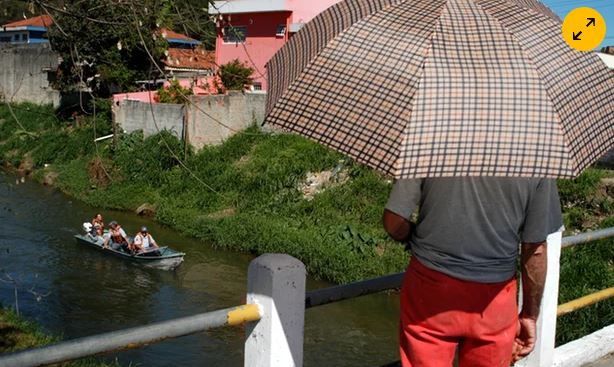
The people of Sorocaba are working hard to clean up the city’s rivers which have been badly polluted by industry, mining and sewage. In a single day in June 2015, residents removed 228kg of rubbish from the Sorocaba river. City workers regularly remove 10 tonnes of dirt, leaves, branches, rubbish and recyclables in a month. Attempts are also being made to change the riverside into a place of beauty rather than a place to tip rubbish. Linear parks are being created along the river banks to provide space for leisure and recreation when the river is flowing normally, and to hold the extra water in times of high flows. Trees are also being planted to provide a habitat for wildlife.
Beira, Mozambique
A big team with a grand vision
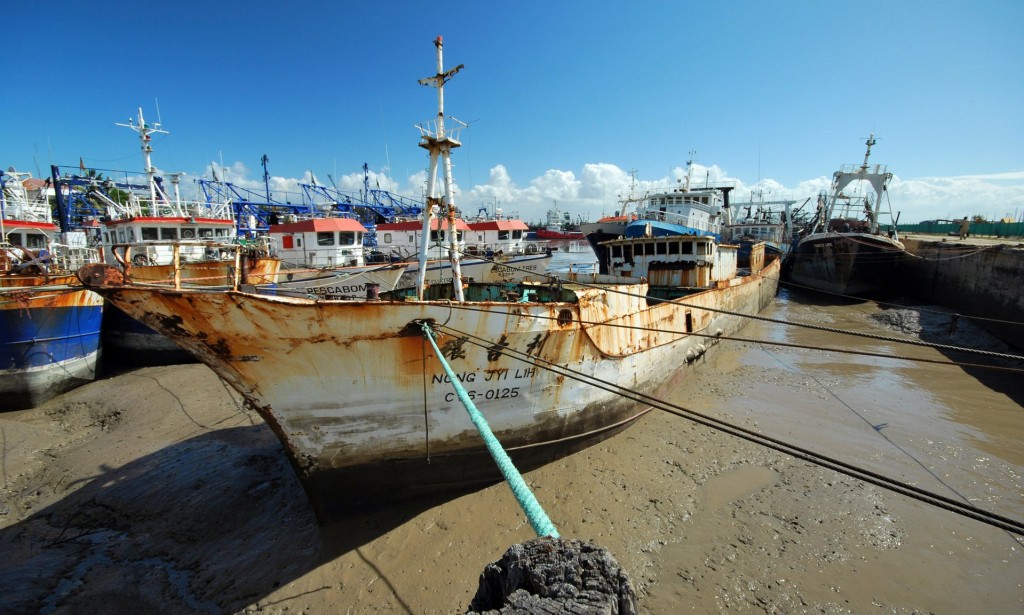
Money from the Beira 2035 plan will be used to dredge the derelict harbour and regenerate the area.
Photograph: Alamy
Mozambique’s second-largest city, Beira, is a port town on the Pungue River, at the spot where the river meets the Indian Ocean. With help from the Dutch, including the NGO Alterra, the city has created Beira 2035, a master plan to tackle the urgent problem of urban storm water which has repeatedly caused flooding and soil erosion, and posed a threat to infrastructure and human health in the city.
In a smart move, Beira 2035 also takes the opportunity to plan for urban expansion. The city is bursting at the seams and its growing population urgently needs more housing, so the city is funding its flood protection by attracting 300 investors who are interested in developing the port area.
Money will be used to dredge the harbour, build low-cost housing, develop local industry, improve transport links and drainage and extend the provision of water services.
Lima, Peru
Putting out a strong message
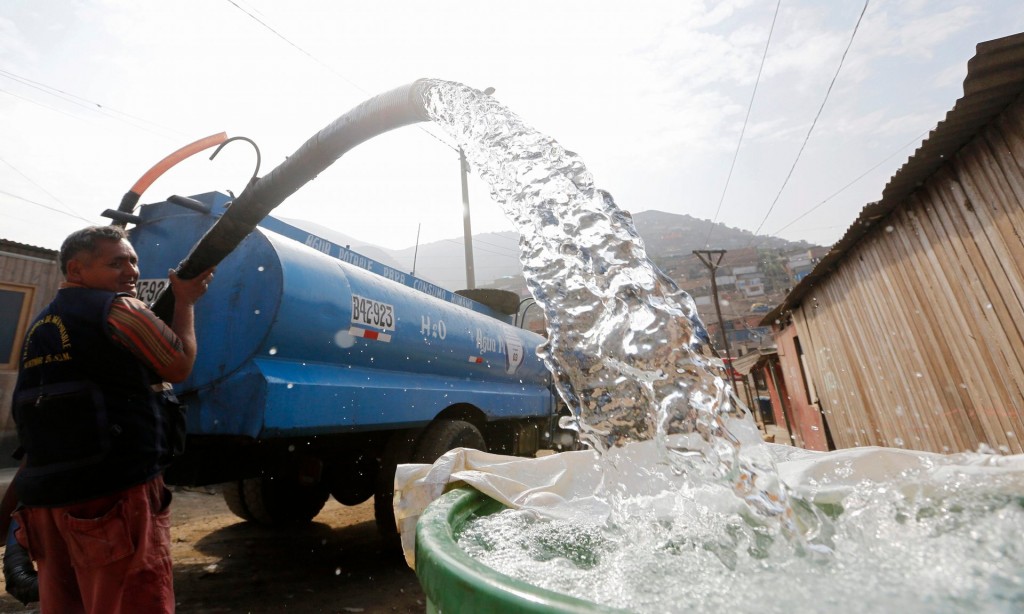
Photograph: Mariana Bazo/Reuters
Lima is a desert city with very little rainfall. Just over 1cm falls every year, which is a tiny amount considering that the Peruvian capital has 8 million residents. Worse still, Limeños depend on glacial meltwater from the Peruvian Andes where glaciers are shrinking year on year– some reports have estimated that they will be gone altogether in the next 40 years.
In 2007, Lima’s public officials wisely decided that to cope with severe water shortages, they needed the urban population to be tuned into those issues. The Ministry of Housing, Construction and Sanitation together with the World Bank’s water and sanitation programme aims to promote water saving, cultivate willingness to pay proper water tariffs and make people more environmentally aware.
The initiative targeted 12 to 30-year-olds after a study of the age group showed that awareness of the problem was very low. A national writing competition for school children was held and the 50 best stories about water were published on World Water Day in 2014, in a book called Mitos y leyendas del agua en el Peruwhich translates as “Myths and legends of water in Peru”. A full time schools officer is now employed to help schools throughout Lima provide good quality education about water issues.
Which other cities in the developing world are making great strides towards a water secure future? Share your thought in the comments below.

